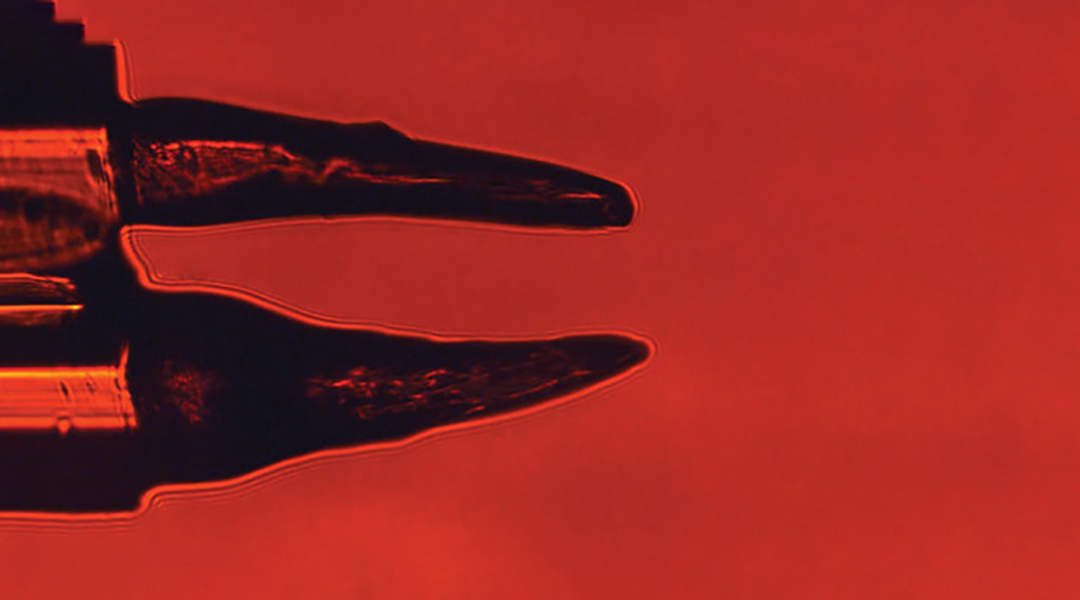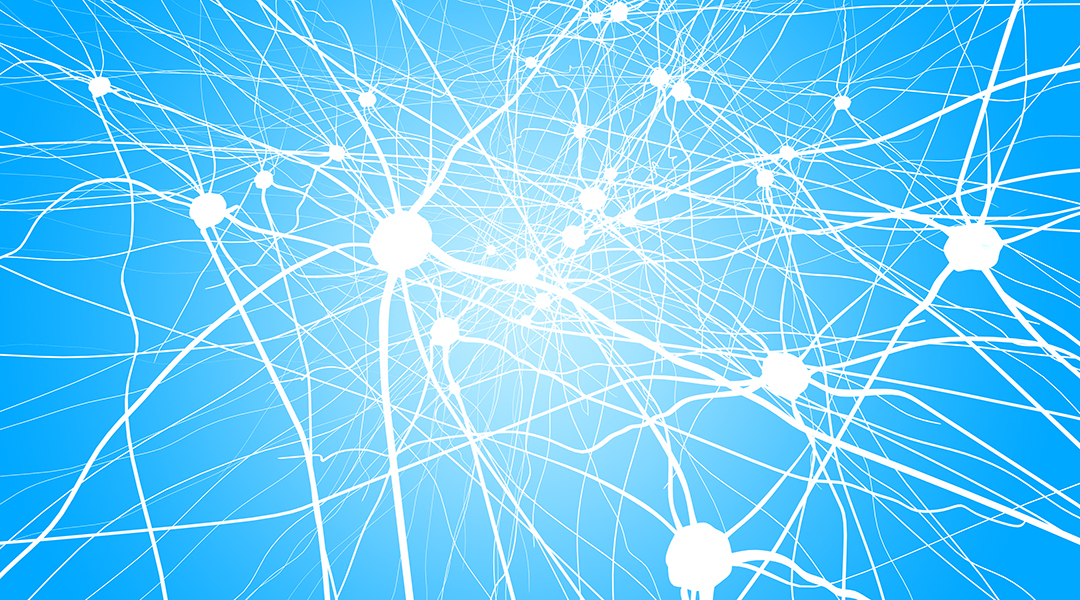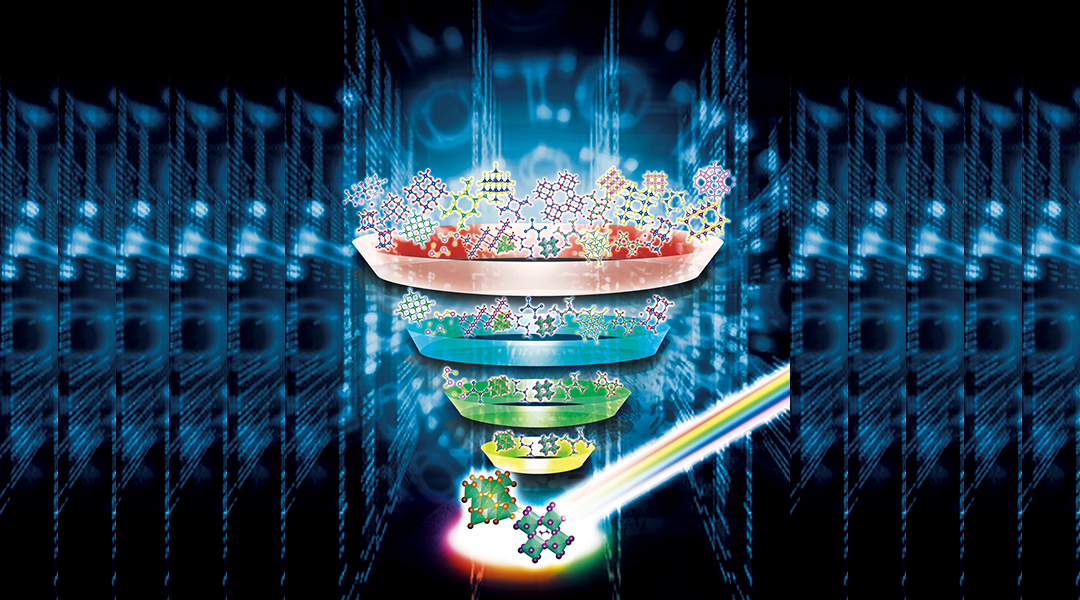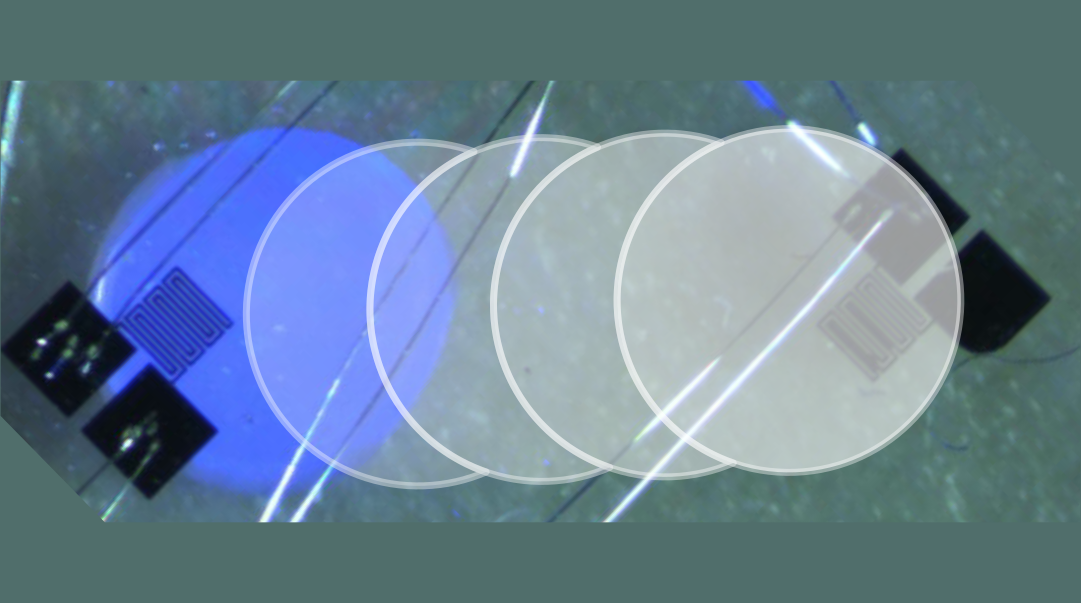Cellulose-based energy storage devices could provide a viable solution to creating sustainable, inexpensive electronics.


Cellulose-based energy storage devices could provide a viable solution to creating sustainable, inexpensive electronics.

Scientists design a stretchable, adhesive, self-healing material that can change color as a result of movement for real-time motion sensors.

A pair of micro-scale pliers was made from a liquid crystalline elastomer and fiber optic wire, which can reversibly change shape in response to visible light.

Bursting dynamics that mimic the functions of the human brain pave the way for more efficient AI systems.

High-throughput computational materials screening is turning out to be an efficient highway to optoelectronic semiconductor design.

Researchers develop microrobots that can sense their external environments and adapt their motion, similar to living organisms.

A new and simple working principle for liquid manipulation and a complete exploration of the opportunities of a multipurpose platform guided by physical intelligence.

Researchers explore an alternative, green supercapacitor concept that relies on seawater and carbon fibers derived from waste cotton.

Using the principles of quantum mechanics, scientists are unlocking incredible computing powers one experiment at a time.

Developing a battery-free electronic sensor to monitor the forest.